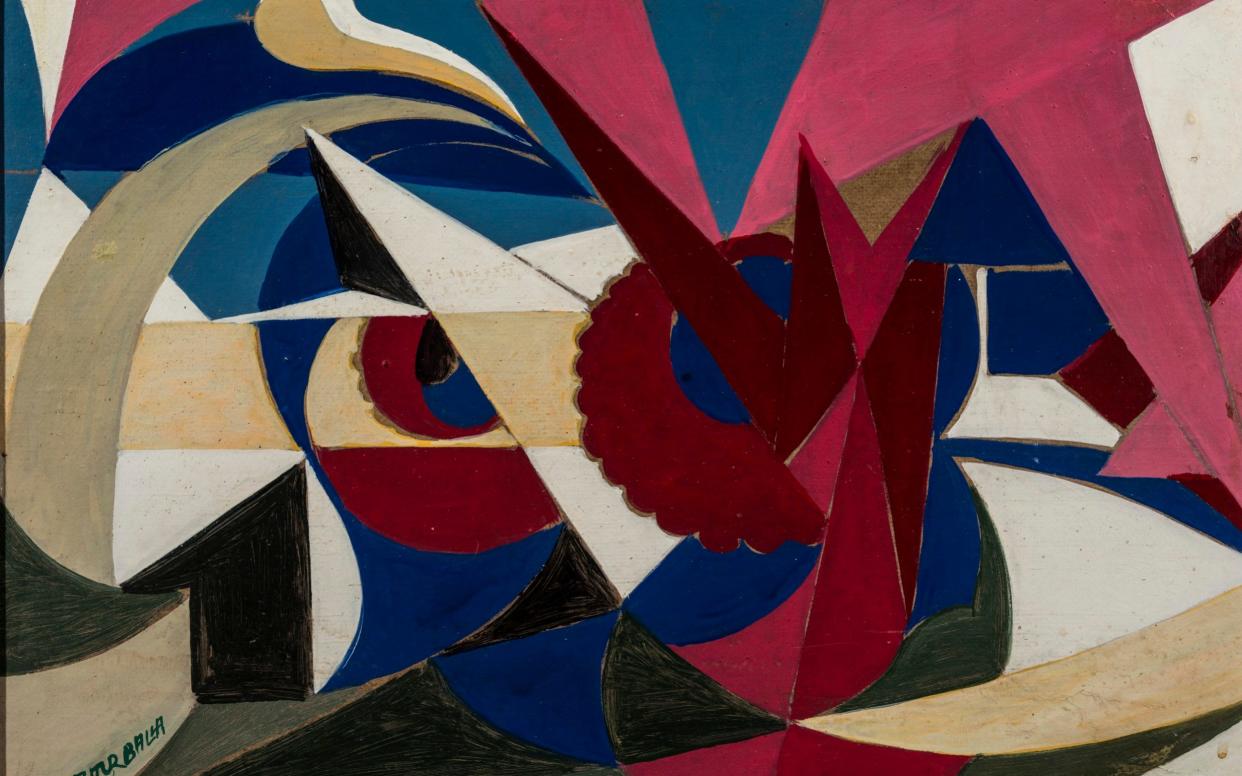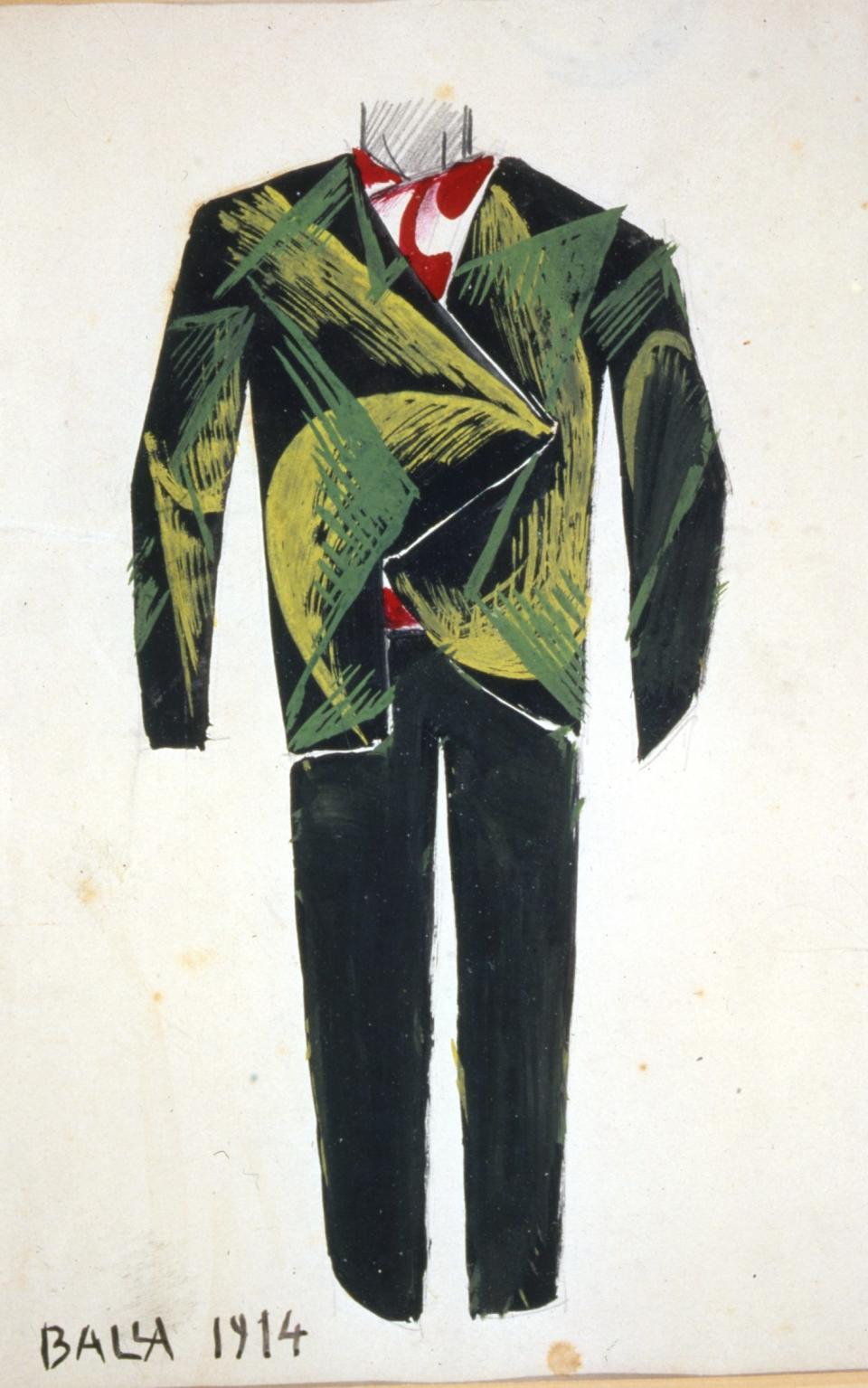Eye-opening encounter with one of the bad boys of modern art - Giacomo Balla: Designing the Future, Estorick Collection, review

The Futurists were the bad boys of modern art, whose desire to destroy the culture of the past and worship of the speed and dynamism of the machine age set the template for a host of other radical early-20th-century movements: Dada, Surrealism, Russian Constructivism and, not least, Britain’s only true avant garde movement, Vorticism. Yet these Italian artists are poorly represented in British collections, so this opportunity to focus on one of the prime movers feels like a rare treat.
The work of Giacomo Balla, however, isn’t at first sight quite what you’d expect. Born 1871 and the oldest of the group, Balla started out as a rather sugary, academic Impressionist. After showing us a jumble of paintings, including a couple of rare but rather muted early Futurist works, the show focuses on exercises in decorative pattern-making that might lend themselves more to textile design than painting per se.

This, however, is where the exhibition comes into its own. Drawn entirely from the collection of top Italian fashion designers Laura Biagiotti and Gianni Cigna, the show focuses on Balla’s attempts to apply the Futurist ideal of transforming everyday life, through textiles, clothing, furniture and architecture – from shoes to swimwear and shop-fittings.
The characteristic Futurist “lines of force”, derived from the motion of cars and trams, are transposed onto designs for men’s suits in eye-popping pinks and greens. But rather than just designs on paper, the show presents a fantastic array of actual objects: clothing from as far as back as 1916, whole suites of quite mind-boggling furniture and even the enormous revolving door of Balla’s studio covered in a looping pattern in startling red, yellow and blue designed to evoke the notion of eternity.
Balla saw himself not so much as a painter-turned-designer as an artist using the human body and the surfaces of everyday life as his canvas. Garments such as a vigorously patterned man’s waistcoat and a dress with an asymmetrical abstract pattern in black, white and green – intended for his own daughter – were designed to function as kinetic works of art when worn.

Where Futurism’s founder, the poet FT Marinetti, gave the movement a bad name – and alienated many of his own members – by aligning the group with Fascism, Balla’s interests tended more towards the spiritual. Designs for scarves with symmetrical but rather wafty patterns, inspired by the then fashionable mystical doctrine Theosophy, take on a more dynamic life when fragmented and transposed to more substantial objects such as a cubistic and utterly charming suite of children’s furniture.
With the upsurge of interest in early modernism in recent years, we’ve heard a great deal about the utopian integration of art, design and architecture. This exhibition offers a rare opportunity to see what that looked like in practice. Yet given that collaborations between art and fashion, in that classic modernist spirit, are very much the thing of the moment, this genuinely eye-opening exhibition strangely downplays its links with the worlds of fashion and design – I hope that doesn’t restrict its potential audience.
Until June 25; 020 7704 9522; estorickcollection.com

